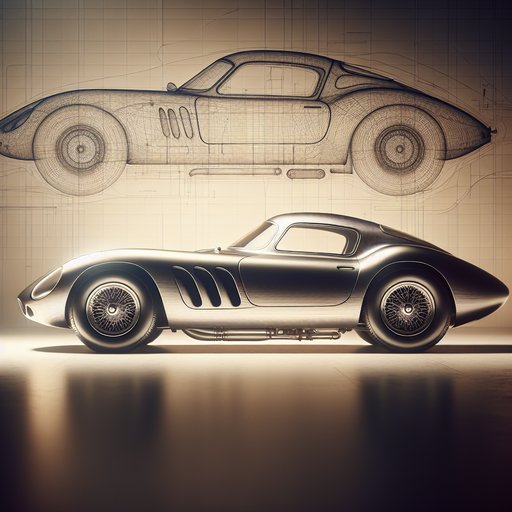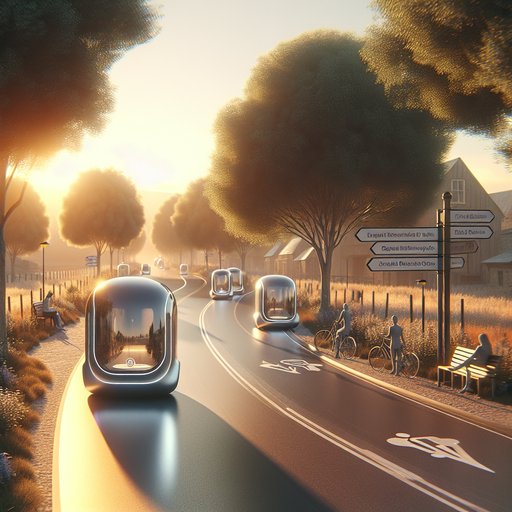
The great rally cars wore ordinary badges. They rolled out of dealerships with shopping bags in their trunks, and then, with thicker springs, extra lamps, and a roll cage, they went hunting across ice, gravel, and volcanic ash. From the Saabs and Minis that dug studs into the Alps to the Polos and Yaris that later carved arcs at 200 kph through Finnish pine, mass-market makes kept finding speed in unlikely places. The stages changed, the rules evolved, and the technology marched on, but the road-going ancestry of rally’s heroes gave them their bite—and gave spectators a reason to point from a windswept bank and say, that looks like my car.

Iconic is a word that bends under overuse, but some shapes refuse to let it collapse. The Porsche 911 has traced the same curve for six decades: a hood that falls away like a horizon, a roofline that arcs and slides, a tail that hints at the engine hiding behind the axle. This is not a legend told from barstools, but a history stamped in aluminum and magnesium, measured in rally stages, lap charts, and the steady hum of everyday commutes. Conceived in the early 1960s and constantly refined since, the 911 has endured shifting regulations, changing fuel, and new expectations for safety and efficiency. Its story is the persistence of an engineering idea—and the quiet stubbornness of a silhouette that keeps working.

The 24 Hours of Le Mans has a way of remembering heartbreak. For Toyota, the memories stretched from Group C near-misses to a modern hybrid era defined by speed without reward. The rise to victory did not come in a sudden leap; it gathered slowly, through broken parts, recalibrated plans, and a stubborn refusal to let one brutal final lap define the team. When Toyota Gazoo Racing finally won in 2018, the moment felt less like arrival and more like the steady clicking-in of pieces that had been set for decades. Redemption at La Sarthe is not given. It is earned one measured stop, one wakeful night, one clean lap at a time.

When the steering wheel slips into museums and the curb becomes a stage, cities and countrysides relearn how to move. The transition to AI-guided pods is not a single invention but a choreography of infrastructure, policy, habit, and desire. It looks less like technology replacing a machine and more like society reordering its time.

































































